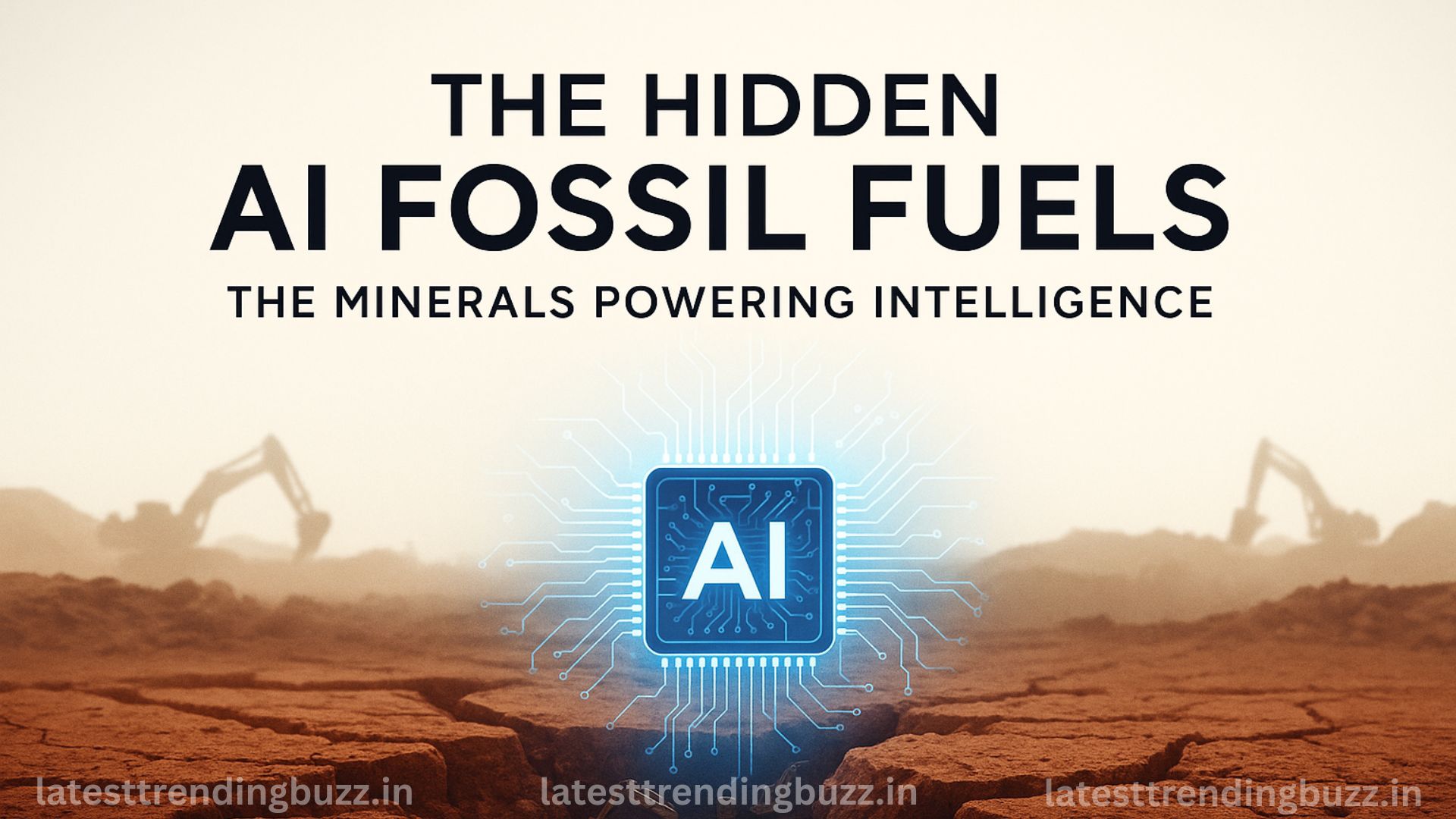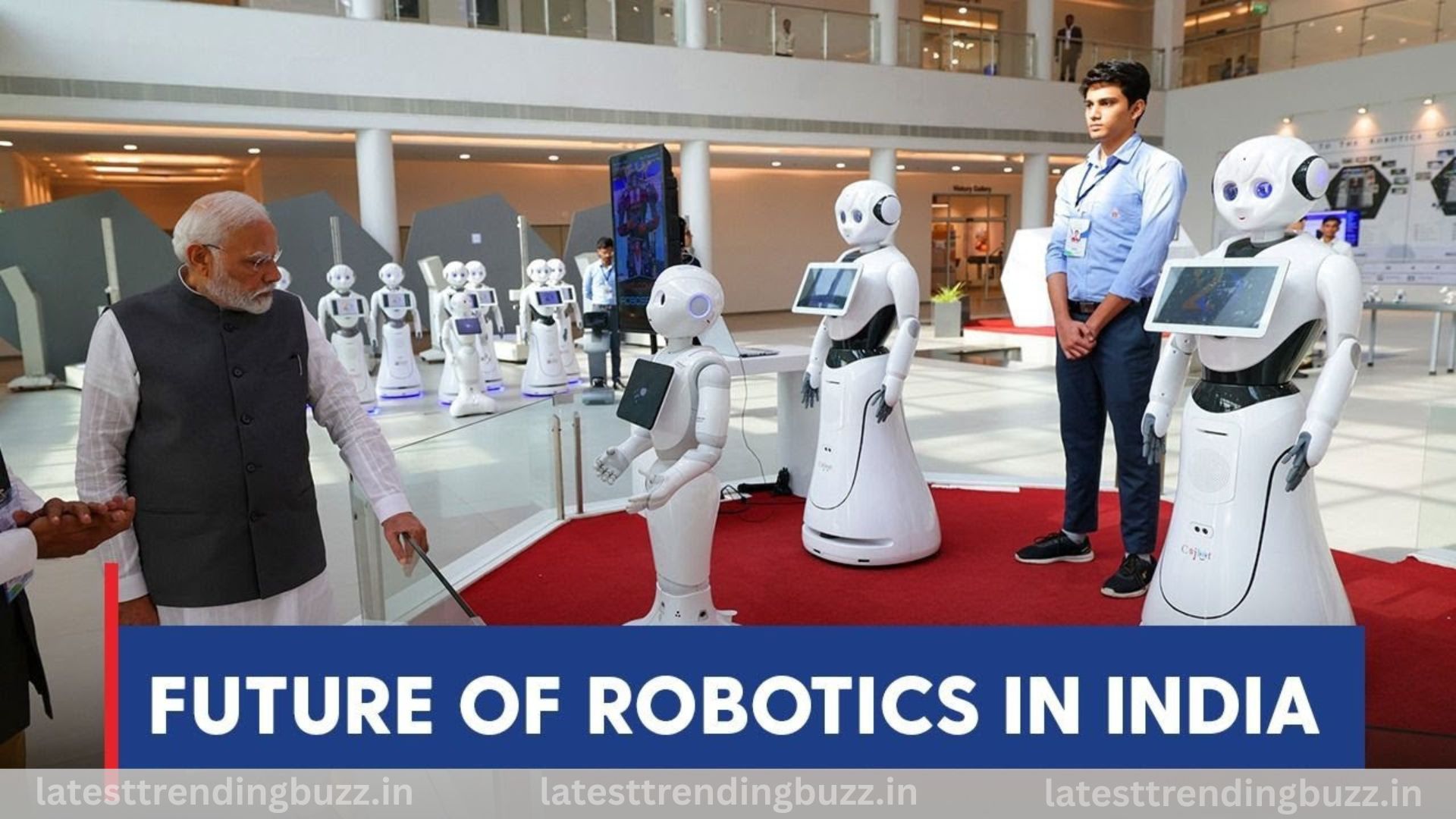Every time you ask ChatGPT a question or your Tesla navigates a turn, the world pays a hidden price — in minerals, metal, and human labor.
Behind the glossy interface of artificial intelligence lies a grim truth: the AI Fossil Fuels powering our machines aren’t oil or gas, but rare earth minerals — mined from fragile ecosystems, refined with toxic processes, and often extracted by underpaid workers in developing nations.
The green revolution of AI may not be green at all.
The Mineral Cost of Intelligence — Lithium, Gallium & the New Oil
AI doesn’t just consume data — it consumes the planet.
Each supercomputer running massive AI models like ChatGPT, DeepMind, or Tesla’s Dojo is built from thousands of chips that rely on minerals like lithium, cobalt, gallium, and nickel. These are the true AI Fossil Fuels of the digital era.
- Lithium powers GPUs and data center cooling systems.
- Gallium and Germanium form the heart of high-performance semiconductors.
- Cobalt stabilizes lithium-ion batteries for electric vehicles and data storage servers.
According to environmental researchers, a single large AI model consumes hundreds of kilograms of rare minerals during its full lifecycle. Multiply that by millions of servers worldwide — and you get a new kind of environmental footprint.
AI may run in the cloud, but its roots are buried deep underground.
Why AI Data Centers Depend on Earth’s Deepest Resources
To understand AI Fossil Fuels, we must look at data centers — the invisible powerhouses behind every AI response.
Each AI data center contains:
- Thousands of GPUs that rely on metal-based transistors
- Massive cooling systems using rare materials
- Backup power storage running on lithium and cobalt batteries
In 2025, AI data infrastructure already consumes 2% of global electricity — and the figure is climbing fast. But the real story isn’t just about energy — it’s about mineral dependency.
Every time AI models expand, so does the mining footprint. The so-called “clean digital economy” is increasingly tied to dirty extraction economies in Africa, South America, and Asia.
This hidden network of AI Fossil Fuels is what keeps intelligence alive.
India’s Rare Earth Potential — The Next Tech Power Game?
India is emerging as an unlikely player in the global race for AI Fossil Fuels.
With rare earth reserves across Andhra Pradesh, Odisha, Tamil Nadu, and Rajasthan, India could soon rival China’s dominance in the rare mineral supply chain.
The Indian government, through IREL (India) Limited, is investing heavily in mineral exploration programs that support the semiconductor and AI industries.
If successful, India could not only reduce import dependence but become a geopolitical player in AI resource control.
However, environmental activists warn that without proper safeguards, India’s mining expansion could repeat the ecological mistakes of the past — polluted rivers, displaced tribes, and unsustainable extraction.
As one activist in Odisha said:
“We’re digging for the future, but burying our forests in the process.”
Also Read: The Next Internet Revolution: When Your DNA Becomes Your Password
Global Race for AI Minerals: The New Geopolitical War
In the 20th century, nations fought for oil. In the 21st, they’re fighting for AI Fossil Fuels.
The global race for rare earth elements has created new power hierarchies:
- China controls nearly 70% of global rare earth processing capacity.
- Congo provides the bulk of cobalt, mined under unsafe, exploitative conditions.
- Chile and Bolivia are the lithium kings of the world.
- The U.S. and Europe are investing billions to secure domestic mineral supplies.
The result? A geopolitical scramble reminiscent of the oil wars — only this time, the battles are fought with trade deals, sanctions, and supply-chain dominance.
Experts are calling it the “Silicon Resource War”, with AI Fossil Fuels at its core.

Hidden Labor Stories: Who Mines for AI?
Behind every AI-generated answer lies a miner — often invisible, unpaid, and unheard.
In Congo, thousands of children work in hand-dug pits mining cobalt that ends up in data center batteries. In Myanmar, communities are being displaced for rare earth extraction. In Chile’s Atacama Desert, lithium mining consumes vast amounts of water, drying up indigenous lands.
The AI Fossil Fuels narrative is rarely told in tech conferences or startup pitches. Yet, every gigabyte of intelligence has a human cost.
A report by Amnesty International in 2024 called AI’s mineral supply chain “the new blood diamond economy.”
The irony is sharp — AI is designed to solve human problems, yet it often deepens human suffering.
Can Sustainable AI Ever Exist?
It’s a question that defines the next decade: Can AI ever become sustainable if its core foundation — hardware — relies on non-renewable, destructive resources?
The AI Fossil Fuels problem is not about power consumption alone. Even if AI runs on renewable energy, it still depends on mined materials that destroy ecosystems.
However, researchers and green-tech companies are exploring alternatives:
- Recyclable chips using bio-based materials
- AI models trained on edge devices to reduce data center load
- Closed-loop mineral recovery systems for old electronics
Still, the shift will take time. For now, every new GPU built means more minerals mined.
Experts Weigh In — The Carbon & Mineral Footprint of Artificial Intelligence
A 2025 MIT study estimated that training a large AI model emits as much CO₂ as five cars over their entire lifetime. Add to that the mineral extraction cost, and AI’s environmental burden multiplies.
Dr. Neha Kapoor, an energy researcher at IIT Delhi, says:
“AI is often called clean technology, but it’s powered by dirty realities. The planet is paying for every algorithm.”
From carbon emissions to cobalt exploitation, AI Fossil Fuels are reshaping our understanding of “clean” innovation.
Also Read: The Future of Privacy in India: When Everyone’s Being Watched — Can Privacy Still Exist?
What You Can Do as a Conscious Tech User
You can’t stop AI, but you can make it ethical. Here’s how individuals and businesses can help reduce the footprint of AI Fossil Fuels:
- Use AI mindfully: Don’t waste computation power for trivial queries.
- Support ethical brands: Choose companies that disclose sustainable supply chains.
- Push for policy: Encourage governments to regulate AI material sourcing.
- Recycle electronics: Reduce demand for new minerals by recycling old hardware.
- Educate others: Awareness is the first step toward accountability.
Every responsible digital choice contributes to a cleaner AI future.
FAQs on AI Fossil Fuels
1. What are AI Fossil Fuels?
They refer to the rare minerals and metals that power AI chips, batteries, and data centers — the physical resources driving artificial intelligence.
2. Why are they called “fossil fuels”?
Because, like oil and coal, these resources are finite, environmentally costly, and central to global power struggles.
3. Which countries dominate the AI Fossil Fuels supply chain?
China, Congo, Chile, and India are among the key players.
4. Can AI run without these materials?
Not yet. Current chip technology relies heavily on rare earth minerals.
5. Is there any hope for sustainable AI?
Yes. Innovations in recycling, bio-material chips, and decentralized AI systems show promising alternatives.
The Final Word
AI is sold as the future of intelligence — but that intelligence is built on the bones of the Earth.
The AI Fossil Fuels story reveals that our brightest technological dreams are powered by some of humanity’s darkest extractions.
As nations rush to dominate the AI frontier, one question must guide us:
Can intelligence built on exploitation ever be truly smart?
Until AI becomes truly sustainable, the cost of progress will remain buried — in the ground, and in conscience.
Disclaimer
This article is for informational and educational purposes only. The facts about AI Fossil Fuels are based on global environmental research, industry reports, and expert interviews. Readers are encouraged to support ethical AI practices and responsible mining policies.














